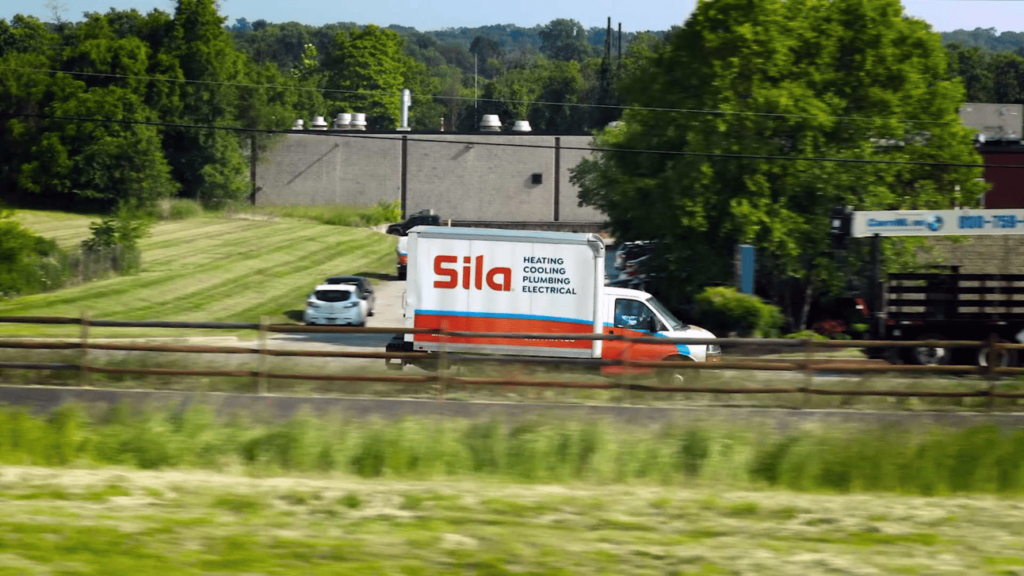The ripple effect: How distributor consolidation could impact contractors
Like with all consolidation, there are pros and cons. But in this case, two factors stand out

Image: HARDI
Most of our M&A coverage focuses on contractors, but consolidation is also happening one level up the chain — among distributors.
The big picture: Like contracting, wholesale distribution is fragmented. While the numbers vary by source, one recent report says there are over 2,000 HVAC distributors in the U.S.
-
In just the past 18 months, Winsupply, Shearer Supply, Watsco, and Team Air, among others, have all announced or completed acquisitions.
-
During the same period, two distributor-focused roll-up firms launched: Tigertail Capital Partners and QXO, which received a modest $1 billion investment in June.
Why it matters: The logic for distributors to consolidate makes sense: Financial returns aside, they can better meet contractors where they’re at.
-
“If you’re an HVAC distributor, and your best customer gets PE-backed and now has a plumbing arm, you want to get into that as well,” HARDI’s Zak Page tells Homepros.
The implications: Like with all consolidation, there are pros and cons. But in this case, two factors stand out.
-
When an acquisition is made, the acquirer beefs up its balance sheet, and the acquired company gains access to those resources — at least in some way.
-
This enables a big pro: Larger tech investments.
“Think about the product shortages of the past couple of years… more technology will allow distributors to be [more] scientific and better forecast their demand,” Page explains.
-
“Technology helps in terms of ease of ordering, product availability, real-time pricing, and things of that nature — whatever can make it easier and more reliable for a contractor to get products,” he adds.
-
Watsco is a clear example of technology bets paying off: Its e-commerce sales, for instance, grew nearly twice as fast as its overall sales in the second quarter.
Yes, but: Consolidation also gives distributors leverage, potentially hurting the negotiating power of smaller contractors, as discounting decisions, for example, are made on a larger scale.
-
“While consolidation can bring about improved efficiencies… it may also increase dependence on a few major distributors,” says M&A advisor Sam Kaplan.
-
“The decrease in the number of independent distributors results in reduced competition… This reduction could diminish contractors' ability to negotiate favorable terms and pricing, [and] access to specialized products,” he adds.
Zoom out: As the industry evolves, contractors are looking more to distributors for education, especially with regulations like the A2L refrigerant transition, Page notes.
-
“I’d hope and think that any influx of capital into these distributors allows them to be better educational partners to their contractors,” he says.
Of note: While distributor consolidation is happening, HARDI estimates that deal volume has declined by “mid-teens” over the past year.
-
There isn’t a public data source showing all distributor transaction activity.
The bottom line: Consolidation may be polarizing, but whether it’ll meaningfully strain the long-term relationship between contractors and suppliers is still up for question.
-
After giving us his input on distributors’ growing leverage, one person added, “For what it’s worth, I had a smaller owner tell me they thought the opposite today.”
Thoughts? Let us know
📬 Get our stories in your inbox
Keep reading
Morgan Stanley exploring $1.5 billion Sila Services sale
The potential sales price implies a roughly 15x multiple of the company's near-$100 million EBITDA, according to Reuters
Home services expected to remain resilient in 2025
Jobber's Q3 Home Service Economic Report highlights contractor trends and offers insight into what's next for home services


